Opinion: Could the Witcher 3 be the Greatest Game of all Time?
This form is protected by reCAPTCHA - the Google Privacy Policy and Terms of Service apply.
Don't have an account?
Creating an account has many benefits: check out faster, keep more than one address, track orders and more.

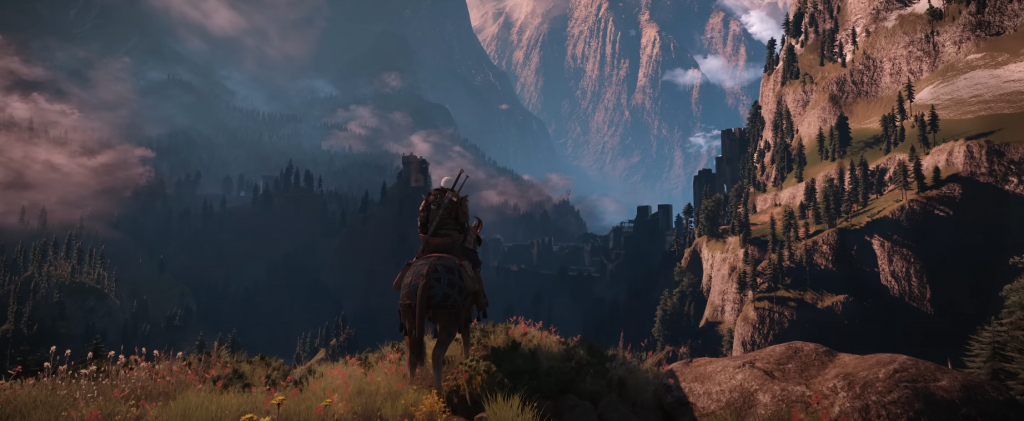
By Don Spencer
After 7 years of wondrous exploration, riveting combat and enthralling stories, The Witcher 3: Wild Hunt still stands today as one of the most expansive open world RPG's in gaming history.
Having recently added the next gen patch on December 14th, 2022, you can now experience Wild Hunt in the most optimised and enhanced way.
In terms of visuals, the update includes ray traced lighting, 4K resolution, and totally new textures. CDPR have also included gameplay enhancements including an over the shoulder mode to bring you closer to the action, as well as a more streamlined control system and a much welcomed and long requested photo mode.
For players who have already traversed The Continent, it's a great reason to jump in again. For those who are playing for the first time... Well, are you in for a treat.
That said, The Witcher 3 showed its greatness long before any such upgrades were made. Today we look at what made Wild Hunt such a memorable experience.
Sorcerer Material

Despite spawning three games, a TV series and a game of cards, we must remember that the gift of The Witcher was bestowed to us by Polish Fantasy writer Andrzej Sapkowski.
Originating as a short story submitted in a competition, the Witcher's popularity developed into 5 novels released in the 1990's as well as an origin story released in 2013. Sapkowski's novels are inspired by Slavic mythology and received critical acclaim, particularly in Central and Eastern Europe.
The Witcher novels established many of the characters that appear in The Witcher game series, although there has been a significant deviation in terms of the lore that Sapkowski originally created. Whilst he acknowledges that the games are a high quality product, he does express his frustrations that the medium does not tell stories with the same breadth and detail that his books can.
In any case, The Witcher novels bring everything you could want in a fantasy novel and copious inspiration for an immersive gaming experience. Battles, love stories and themes of politics are woven throughout. This phenomenal source material laid the foundation for the games that followed. At the very least, you should check out the novels for a deeper insight into your favourite characters and learn about the lore of The Continent.
Check out The Witcher novels.
Breath of the Wild Hunt
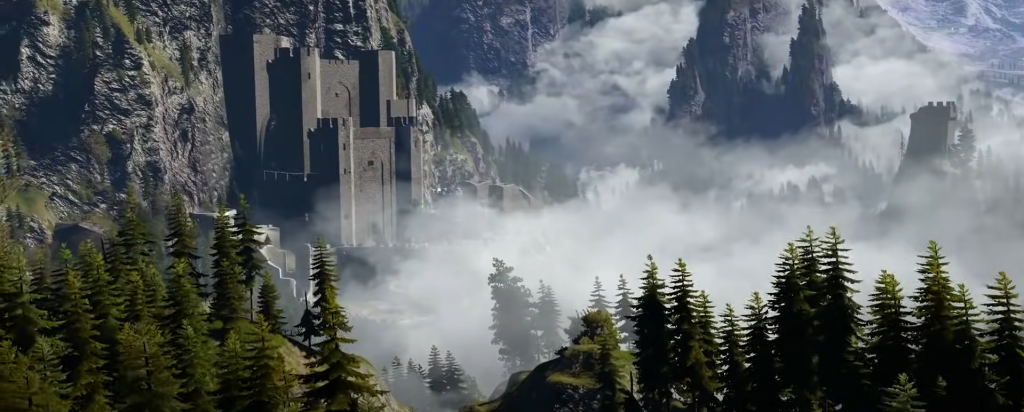
The Continent is beautiful. In the opening sequence the player is treated to a stunning vista of Kaer Morhen's mountain pass, with incredible lighting and a unique and colourful art style.
From the rolling hills of White Orchard, to the steaming swamps of Velen and the towering magnificence of Novigrad, The Witcher 3 is an aesthetic experience like no other. Each area of the game is unique in mood as well as style. The desolate, war torn Velen carries a theme of despair and oppression whilst Oxenfurt is full of promise and optimism. You'll find yourself in awe at every detail.
The fully open world is not only beautiful, but lived in. Every location has its own unique identity in the form of its inhabitants, terrain, accents and even unique herbs. Every location feels like a living breathing land with extensive backstory and lore, and is given life through rich environmental details. At any given time, looking into the sprawling distance you will see real, tangible textures rather than just pop ins that create an illusion.
The character models manage to have a degree of realism that isn't distracting, whilst delicately balanced with an identifiable art style. Every single NPC and quest giver has their own unique features that are hardly ever recycled. The open world and its caves, catacombs and towns are all interwoven into the quest line and make grinding through the levels a refreshing experience every time you play.
Besides, once you've done everything there is to do (good luck), you can just sit back and take in the view.
Take advantage of the latest visual upgrades with Fierce PC's RTX 4080 series.
Wild Quest
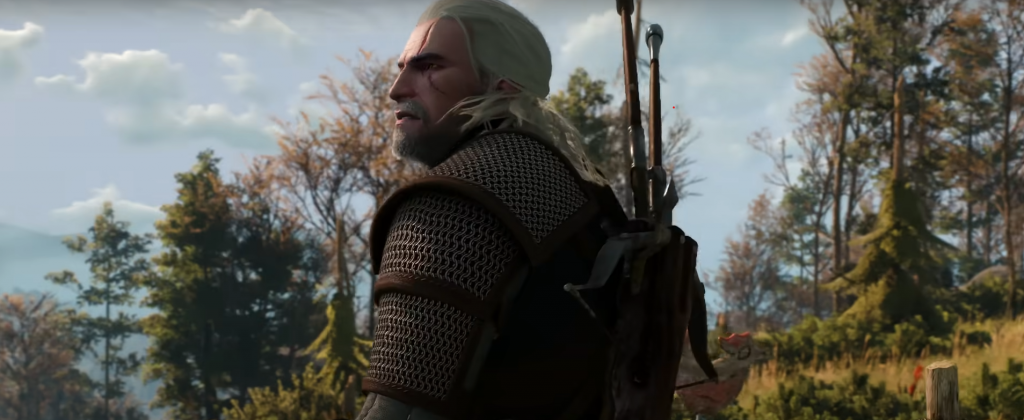
The format of Witcher 3's quest-line is not unheard of. Bethesda previously championed the freedom based mission style of being able to begin a quest and abandon it half way through, with the opportunity to return once you are of a higher level or better equipped.
What makes the Witcher's quests stand out is the variety of tone and themes explored throughout. One moment you'll be on a side splittingly hilarious wild goose chase for a bizarre inhabitant of the continent, the next your actions could be the difference between the life and death of innocent children.
The scope of emotion here is truly unrivalled by any other game. The balance of tragedy and comedy makes the world of the Witcher a reflection of the real world despite its fantasy roots. Each choice you make has consequences and choosing the more 'moral' option doesn't necessarily bring the desired outcome. CDPR challenge the player in decision making and negotiation, and the fallout of your decision choices may not be immediately apparent.
There is so much to do in The Witcher 3, and so many possible outcomes that you may find yourself playing through again and again to see every outcome and dialogue option. This, combined with a perfectly paced plot lends The Witcher endless playability. Be sure to check out New Game+ mode which allows you to keep all your gold, abilities and gear from previous saves whilst scaling up enemy strength.
Pro-tagonist
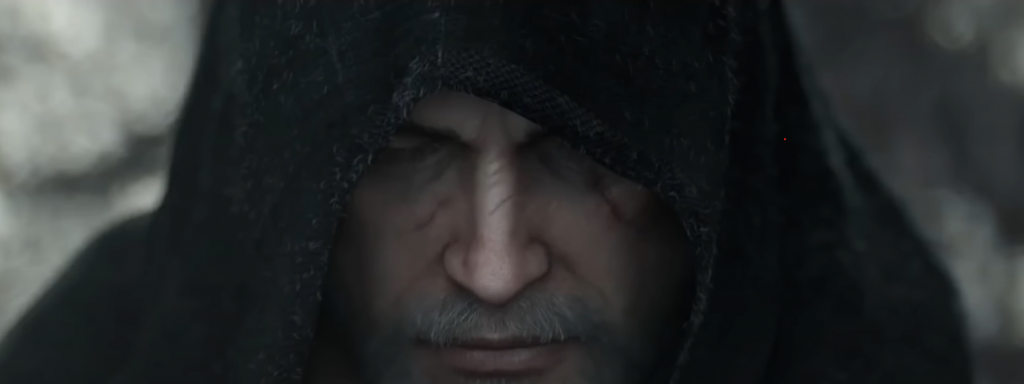
Many RPG style games allow you to create a custom character from scratch, but The Witcher brings an established character so interesting and endearing, you wouldn't want it any other way.
It was only fitting that heartthrob Henry Cavill played the role of Geralt of Riviera in the Netflix series, as The Witcher's protagonist truly sets himself apart as the best character in modern RPG's.
Geralt's deadpan and monotone delivery brings an element of humour when required, but that is not to say that he is one dimensional. Despite being a medieval equivalent of a hired gun, Geralt demonstrates that he cares for people and has a moral compass beyond blood money, especially in the case of Ciri, his adopted daughter.
There are a set of established codes that Witchers are expected to follow - to stay apolitical, to respect the customs of the host land they inhabit and not to abuse their power. The player is able to fly in the face of these laws if they so wish. What makes the Witcher 3 so special is that upon your journey, you will find yourself not only playing as Geralt and his pre-established idiosyncrasies, but evolving into and becoming your own manifestation of him. Perhaps your hero will follow the code, perhaps your hero will be the anti-hero. It's your call.

Sword of Destiny
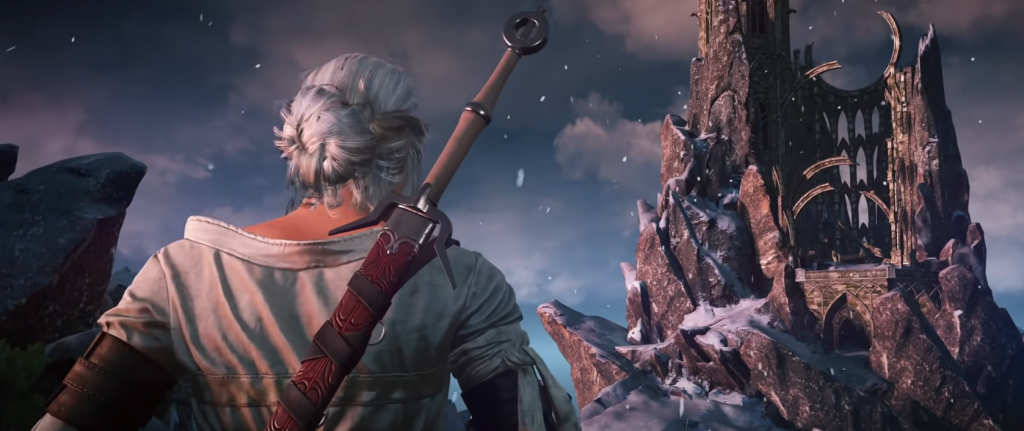
An RPG game is generally only as good as the combat system it wields. The Witcher demonstrates that a simple design can work as well as any. Despite only having two attack types with the sword, the player can utilise signs (spells) to influence, burn, blast and slow down their foes. The death animations are some of the most brutal in gaming, so expect to see your opponents lose their sanity, limbs and heads as you dispose of them.
For natural beings such as wild dogs and humans, your steel sword is best to wield, whereas mystical creatures are best dealt with using the silver sword. Whether fighting Golem, Wraith or Wolf you will be challenged according to your ability.
Once the game begins to open up you can craft your blade to your own liking by upgrading with armorers and keeping the steel sharp. You can quickly switch from brute force Geralt to alchemist Geralt and back again without ever feeling that the immersion has been broken.
The Witcher is ultimately a game about wielding power, and the combat system allows you to feel and utilise that power in a simple yet memorable way.
Packs a Punch
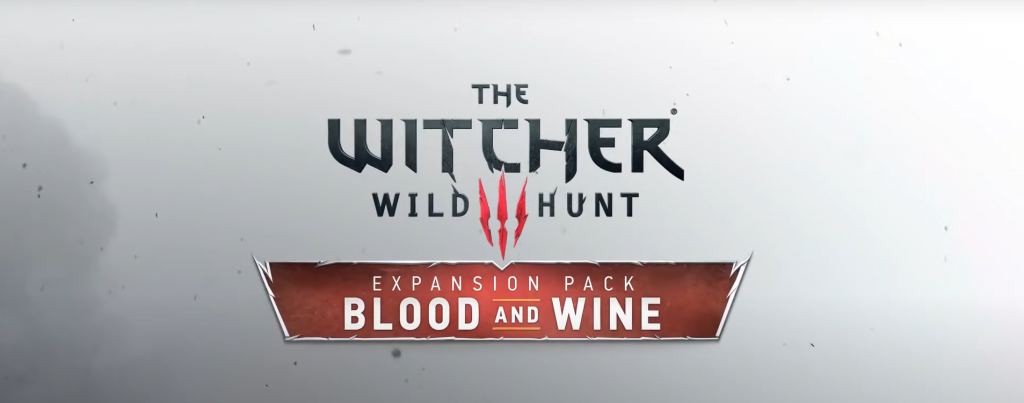
The Witcher 3's expansion packs brought far more than just extra quests and places to explore. The first DLC, Hearts of Stone gives the player an insight into a much more human and less stoic Geralt. Some of the tropes of the main game are maintained whilst others are subverted entirely.
The quest line follows Geralt's adventure to fulfil his obligation to Gaunter O'Dimm, better known as ''Man of Glass.'' The 10 hour experience set in No Man's Land and Oxenfurt also offers new enemy types, weapons, treasure maps and new romantic interests that make the experience feel fresh and well worth the upgrade.
Where The Witcher 3's DLC really showed its worth was in 2016's second and final expansion, Blood and Wine. The 20+ hour experience set in Toussaint, a small autonomous duchy under the banner of the Empire of Nilfgaard, felt just as much of a sequel as an expansion pack.
Blood and Wine's vampyric tale brings a vibrant and colorful experience, injecting a fresh aesthetic into The Witcher 3. With wild flowers, fields of vine, painted houses and a unique populace, Toussaint boasts possibly the most visually pleasing area of the entire game and is full of easter eggs and surprises that we will not spoil. Welcome new mechanics such as armor dying and the mutation system further expand the experience.
Blood and Wine was a perfect swan song for the Witcher 3 universe, and helped confirm its legacy as the greatest RPG of all time.
Buy The Witcher 3: Wild Hunt Complete Edition on Steam

